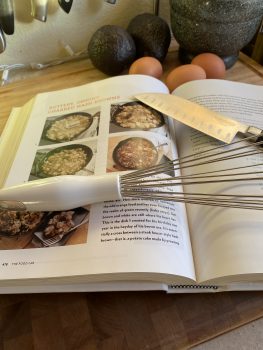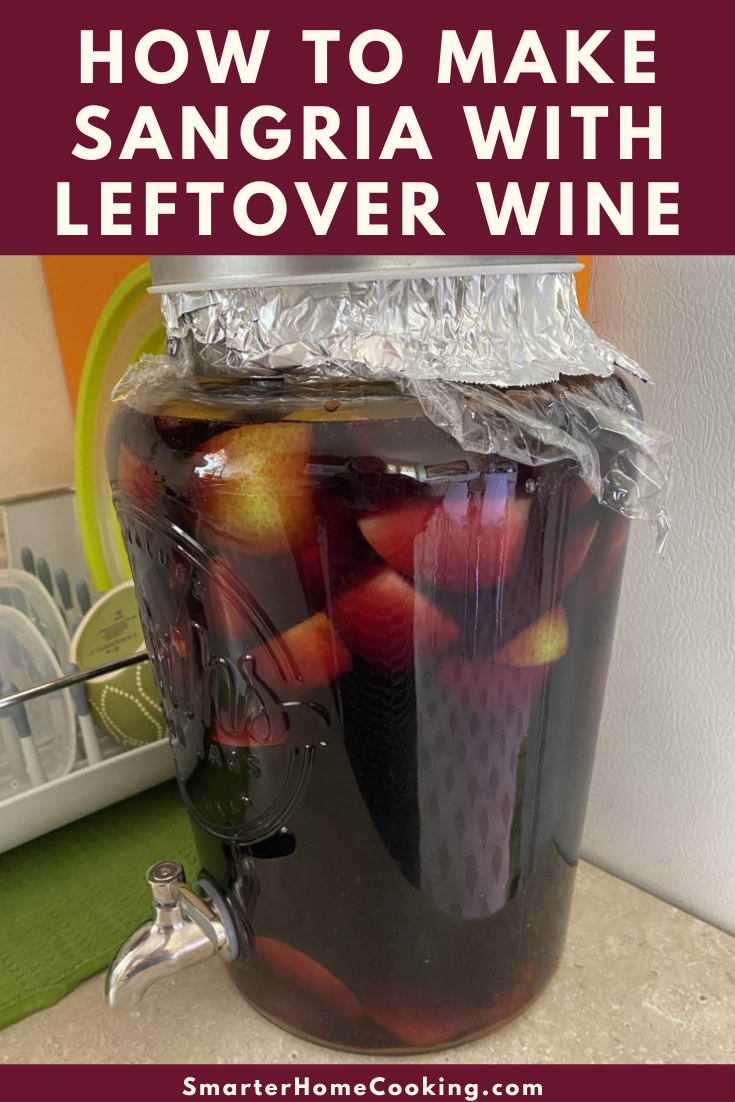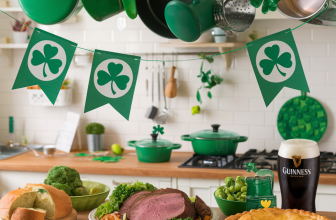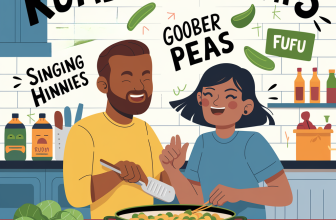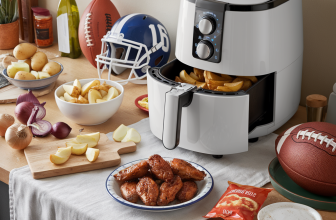I love to cook – especially when I can share with friends, family, and neighbors. There’s only one problem. I’m often asked for the recipe of the dish I shared. To be clear, I’m not being humble or coy or proprietary when I respond that I didn’t use a recipe. If I had a recipe I would share it.
I have plenty of recipes, cookbooks (along with internet access) and I really enjoy reading recipes for fun. But I cook on instinct and by gathering knowledge. I use recipes as a guideline. I don’t follow them to the letter.

I’m Bad at Following Directions
Let me explain. For example, if I wanted to make a dish that I’ve never tasted or was unfamiliar with I would likely look at a dozen recipes. Let’s say I was going to try my hand at making the popular Indian dish called daal, which is a traditional Indian soup/stew made with lentils and various spices.
I certainly have the go-to Indian dishes that I order for delivery, but I haven’t ordered daal, so I’m not sure exactly what it tastes like. But I love lentils, and I’m a fan of the basic spices of Indian cookery (cardamom – green and black -, cloves, chili, cumin, coriander, ginger, mustard seeds, fenugreek, turmeric, and saffron) so, I think it will be a winner.

To start, I would Google “daal recipes”. I see that most call for yellow lentils as the base of the soup, but apparently, it can also be made with red lentils, yellow split peas, or even black lentils. Judging from the various photos on recipe sites, daal can be thinner like a soup or chunky and thick like a stew. I also see that the proportions and variety of spices are slightly different, depending on the recipe.
Digging into the Recipe Basics
My first job is to determine the common ingredients for daal. It looks like soft-cooked lentils stewed in an aromatic broth full of onions, garlic, and ginger become the base of most daals. Tomatoes, potatoes, or other vegetables can be added as well. However, those additions depend on the cook, the region, and the traditions that influence what goes in the pot.
I like dishes like this because they allow for a bit of interpretation. I love the flavor profile of Indian food, so while my approach might not yield an authentic Indian concoction (I’m clearly not your Nani and not trying to be), I’m still sure it will be super-tasty.
And although I’m not big on exact measurements (that’s why I’m a horrible baker), I’m always scouring all of the recipes for cooking tips and techniques. I’m much more concerned with the how and the why to do something rather than freaking out over 1/4 of a teaspoon of cumin versus a pinch.
I want to know things like, do I roast the aromatics? Do I add the herbs at the last minute or while something is simmering? Or maybe I need to cool something before adding other ingredients. For me, those elements of cooking are more important than specific measurements.
I just had a lengthy conversation with a foodie friend of mine who made a sweet potato pie for Thanksgiving. He was telling me that roasting the sweet potatoes at a lower temp for a slightly longer time would yield a deeper flavor rather than boiling the sweet potatoes as several recipes called for. That’s the kind of information that is more valuable than how much cinnamon or nutmeg he used.
One caveat, I'll follow Julia Child's cassoulet recipe exactly…because, Julia!! Warning it's a five and half page recipe in Julia Child's Menu Cookbook.

Trust Yourself
Cooking, at least for me, is fun, relaxing, and sometimes an adventure. I don’t put pressure on myself to make things perfect. Often it takes me several tries to refine a dish. I’m ok with that. I’m always critiquing something I prepared and thinking about how I could make it better or what I might have done differently. But that doesn’t stop me from enjoying what I made – even if it falls a bit short.
The instinct part comes into play in trusting my palate and my tastes. I can’t emphasize enough the importance of tasting your dishes as you cook. I’m shocked by cooking show competitions where the “chef” hasn’t tested their food prior to being judged. Tasing along the way allows for adjustments. You might need a pinch more salt. Or maybe you need to balance out the flavor with another spice. Or add an acidic component. Taste, taste, taste. And if you don’t trust yourself, get someone else in your household to try the dish at different cooking stages. And encourage them to offer constructive criticism. You're not looking for praise (hopefully, that comes later) but making necessary adjustments.
While my way of cooking might not work for everyone, I love the idea of creating and going with the flow. This way of cooking helps me be a smarter cook. It's trained me to think on my feet. That means I'm able to whip up something delicious even when I only have limited ingredients in my fridge and pantry.

